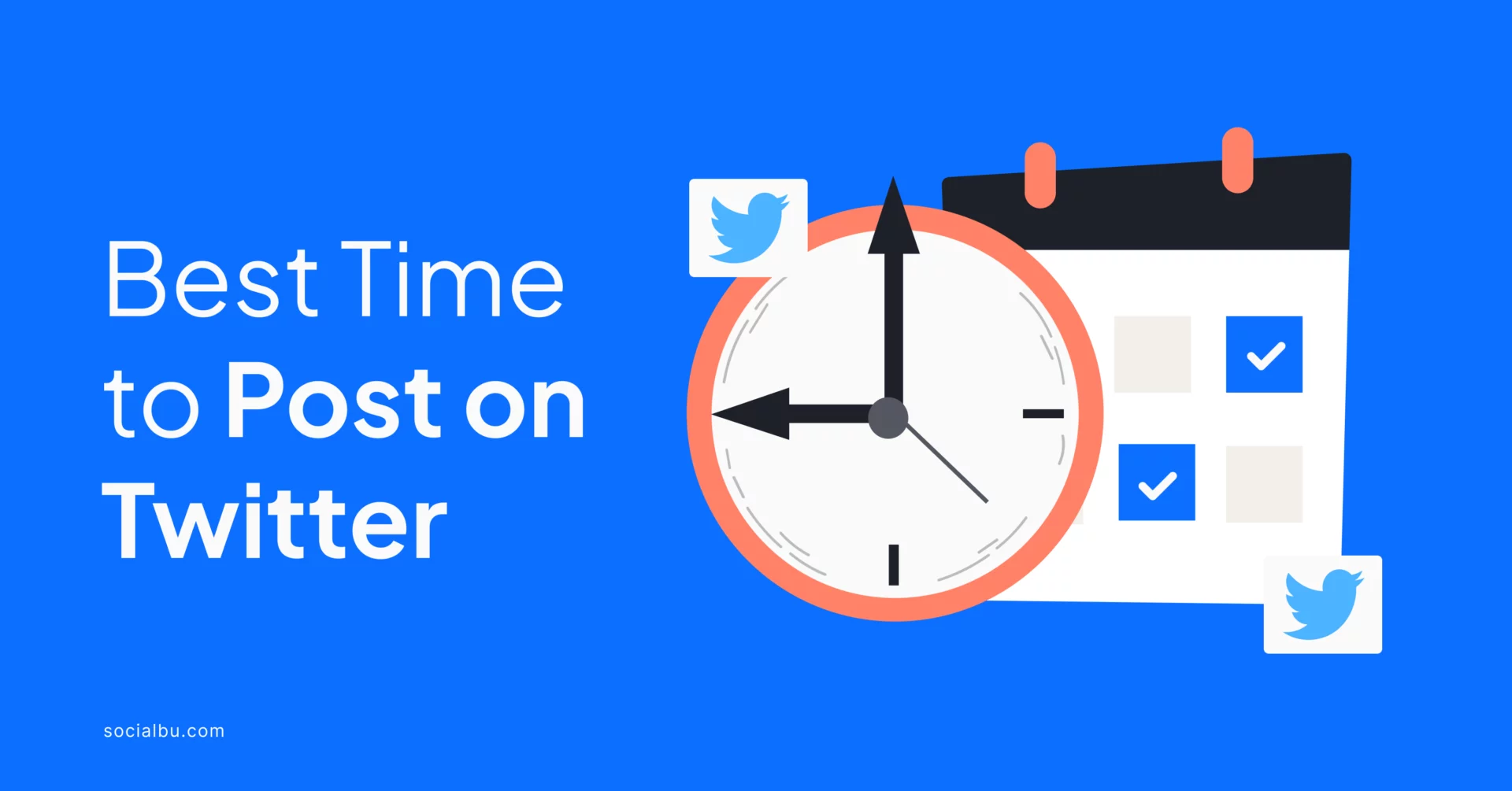Keeping a close eye on public sentiment, especially as big moments approach, feels more important than ever, so it's almost a given that people want to know what others are thinking. We see conversations happening all the time, everywhere, and a lot of that talk, you know, finds its way onto social media platforms. It’s like a really big, open conversation, and understanding what's being said there can give us a pretty good idea of what the general mood might be, which is really quite something.
When we talk about "pollwatch twitter," we're really talking about the idea of paying attention to those digital whispers and shouts, trying to piece together a bigger picture from all the individual voices. It’s a bit like listening to a crowd, trying to hear the main message, even though everyone is saying something slightly different. This kind of observation, you see, helps folks get a sense of what's bubbling up from the ground, rather than just what the formal surveys might tell them.
This effort to gauge public feeling through social media, especially Twitter, has grown quite a bit, actually. It’s a way for regular people, and even groups who study these things, to get a quicker read on how opinions might be shifting. It offers a kind of real-time look, more or less, at what people are discussing, what they care about, and how they feel about different topics, which is a useful thing to consider.
Table of Contents
- What is Pollwatch Twitter and Why Does it Matter?
- Gathering Insights with Pollwatch Twitter
- How Do We Bring All This Information Together?
- What Does Aggregation Mean for Pollwatch Twitter?
- Can Digital Helpers Improve Our Pollwatch Twitter Work?
- Connecting Data Points for Pollwatch Twitter
- Finding the Most Direct Path for Pollwatch Twitter Data
What is Pollwatch Twitter and Why Does it Matter?
Thinking about "pollwatch twitter" really means considering how people keep tabs on public opinion by looking at what's being shared and talked about on Twitter. It's about more than just counting mentions; it's about trying to understand the feeling behind the words, which is a rather complex thing to do. This kind of watching helps people get a sense of the current atmosphere, especially when official polls might not be available or might take a while to come out. It’s a way, you know, to feel the pulse of the crowd in a very immediate sense.
The importance of this kind of observation comes from its speed and its broad reach. Unlike traditional surveys that take time to put together and conduct, conversations on Twitter are happening right now, in real-time, so it’s a very dynamic source of information. For anyone interested in public feeling, whether it's for a social cause, a product, or even a political event, paying attention to this digital chatter can offer hints and clues that might not be visible elsewhere. It’s like having a big ear to the ground, trying to pick up on all the little sounds, which can sometimes tell a bigger story.
It's not just about predicting outcomes, either; it’s also about seeing how narratives develop and how different groups respond to various ideas or events. You can, for instance, notice how a particular topic gains traction, or how certain phrases start to pop up more often. This kind of insight, you know, helps people understand the flow of public discussion, and that's pretty useful for anyone trying to communicate effectively or just stay informed. It’s a powerful tool, in some respects, for seeing the immediate reaction to things as they happen.
Gathering Insights with Pollwatch Twitter
When we talk about gathering insights through "pollwatch twitter," we're really thinking about how we can take all the bits and pieces of conversation and turn them into something meaningful. It’s like trying to put together a very large puzzle where all the pieces are constantly moving, so you have to be pretty quick about it. This means looking for patterns in what people are saying, how often certain words appear, and who is saying what, which is quite a bit to keep track of.
This process involves more than just reading tweets one by one; it often means looking at many, many messages at once, trying to spot trends or common feelings. For example, if a lot of people are using a particular hashtag, that might tell you something about a shared interest or concern. It’s about recognizing the bigger picture that emerges from countless individual statements, and that, in a way, is where the real value lies. You're trying to see the forest, not just the individual trees.
The challenge, of course, is separating the signal from the noise. There’s a lot of talk on Twitter, and not all of it is equally important or relevant to what you’re trying to understand. So, a good approach to "pollwatch twitter" involves figuring out how to filter out the less useful bits and focus on the conversations that truly reflect broader sentiments. It’s a bit like sifting through sand to find the gold, and that takes a certain kind of careful attention, you know, to get it right.
How Do We Bring All This Information Together?
Thinking about how we bring together all the different bits of information from Twitter is a big part of making sense of public sentiment. It’s like having many different streams flowing into one big river, and you need a way to collect and organize all that water, so it doesn't just spill everywhere. This process is about making sure that what we gather from various sources on Twitter can be looked at side-by-side, giving us a more complete view, which is pretty helpful.
Imagine trying to keep track of conversations about a dozen different topics, all happening at once, with millions of people contributing. It would be nearly impossible to do that effectively without some way to pull it all into one place. This is where the idea of combining information comes into play, making it easier to compare what's being said in different corners of the platform. It helps us see connections and differences that we might otherwise miss, which is quite important.
So, the goal is to create a kind of central spot where all these observations can live, allowing for easier review and analysis. This way, instead of jumping from one part of Twitter to another, you have a more streamlined way to see the overall picture. It’s about creating a clearer view, more or less, of the collective mood, which is a valuable thing when you’re trying to understand what’s going on in the public sphere.
What Does Aggregation Mean for Pollwatch Twitter?
When we talk about "aggregation" in the context of "pollwatch twitter," we're really talking about the practice of collecting and showing information from many different places all at once. Think of it like a giant bulletin board where everyone can pin up their thoughts, and you get to see all those thoughts on one big display. This helps people see what's being discussed across a wide range of accounts and groups, which is pretty neat.
It’s about bringing together tweets, trends, and discussions from various sources – maybe different news accounts, public figures, or just everyday people – so you don't have to visit each one individually. This makes it much simpler to get a broad overview of what's being said about a particular topic or person. It’s a way, you know, to get a bird's-eye view of the conversation, rather than just looking at one tiny piece of it.
For anyone trying to understand public opinion, this combining of information is really quite useful. It means you can spot common themes or strong feelings that might be spread out across many different parts of Twitter. Without this kind of combining, it would be much harder to see the overall patterns in the chatter, so it really helps to make sense of a very large amount of data, which is a good thing for anyone trying to stay informed.
Can Digital Helpers Improve Our Pollwatch Twitter Work?
It’s a fair question to ask if digital helpers, like various apps or online tools, can make our "pollwatch twitter" efforts better. The answer is, pretty much, yes. Just like we use tools for many other parts of our lives to make things simpler or more efficient, there are ways that technology can lend a hand when we’re trying to keep an eye on public sentiment on Twitter. These helpers can do some of the heavy lifting, which is quite convenient.
Imagine trying to manually track every mention of a certain word or phrase across thousands of Twitter accounts. That would be a huge task, nearly impossible for one person to do well. Digital tools, however, can automate a lot of that searching and sorting for us. They can spot trends, count mentions, and even sometimes give a sense of whether the tone of a conversation is positive or negative, which is a very useful feature.
These helpers can also present the information in ways that are easier to understand, like through charts or graphs, rather than just a long list of tweets. This makes it much quicker to grasp what’s going on and to identify important shifts in public feeling. So, in many ways, these digital assistants are quite helpful for anyone serious about getting a clearer picture from the vast amount of talk happening on Twitter, you know, every single day.
Connecting Data Points for Pollwatch Twitter
When we think about "connecting data points for pollwatch twitter," it's a bit like building a bridge between different islands of information. Each tweet, each trend, each conversation can be seen as an island, and to get a full picture, you need a way to move smoothly between them. This idea of connecting helps us see how different pieces of information relate to each other, even if they come from separate sources, which is pretty important.
Sometimes, an opinion expressed in one part of Twitter might be influenced by something happening in another, or a trend in one community might spread to others. Tools that help us connect these different pieces allow us to follow those paths and understand how ideas travel and evolve. It’s about seeing the flow of information, you know, from one point to another, which can tell a lot about how public sentiment is shaped.
This smooth movement of information across various parts of the Twitter platform means that we can get a more complete and joined-up view of what's happening. Instead of just seeing isolated bits of data, we can see how they fit into a larger whole. This kind of connection is quite valuable for anyone trying to understand the full story behind public discussions, allowing for a deeper look at the collective voice.
Finding the Most Direct Path for Pollwatch Twitter Data
Finding the most direct path for "pollwatch twitter" data is all about getting the information you need in the simplest and quickest way possible. It’s like wanting to get from one side of a city to another and choosing the route with the fewest turns and traffic jams. This means looking for ways to cut down on unnecessary steps and get straight to the insights that matter most, which is always a good thing.
In the world of online information, there can be many roundabout ways to get to what you’re looking for. You might have to visit several different websites, or use multiple tools, just to piece together one complete picture. A more direct path, however, would bring that information to you with less effort, making the whole process of tracking public sentiment much more efficient. It really helps, you know, to save time and energy.
This focus on directness also means that the information you get should be presented clearly, so you can understand it right away without a lot of extra work. It’s about getting straight to the point, showing you the key trends or opinions without a lot of fluff. For anyone trying to keep up with the fast pace of online conversations, having a straightforward way to access and understand data from Twitter is, in some respects, truly invaluable.
- Mackenzie Anderson
- Travis Kelce Hair Transplant
- Celebrity Weight Loss Before And After Without Surgery
- Devon Franklin Engaged
- Cassius Kidston


